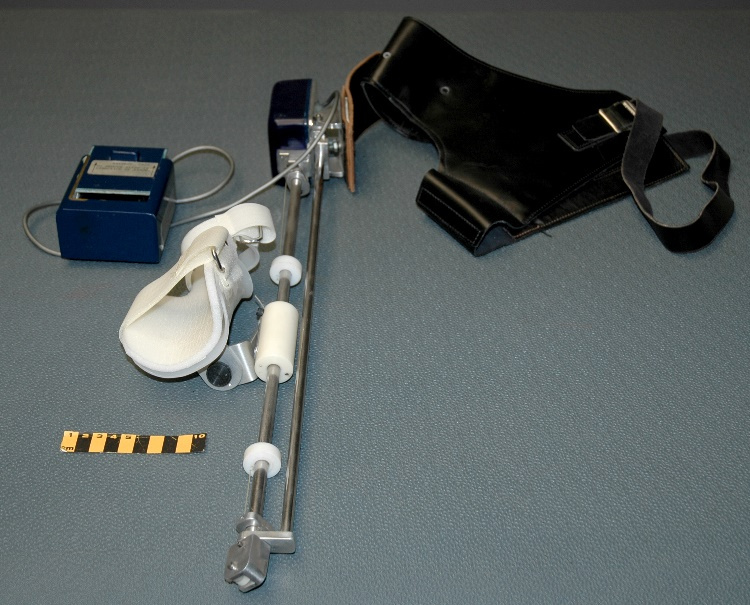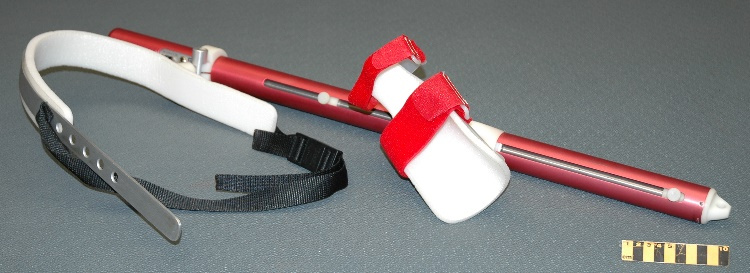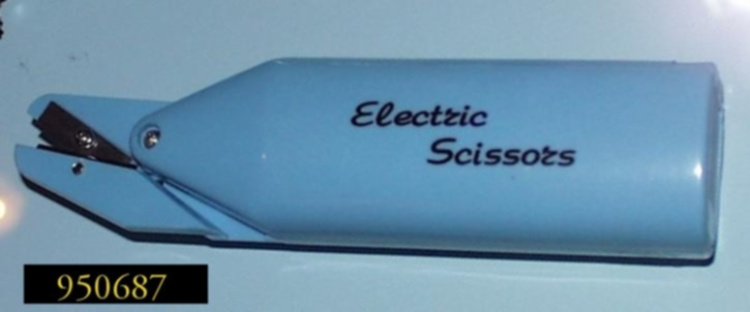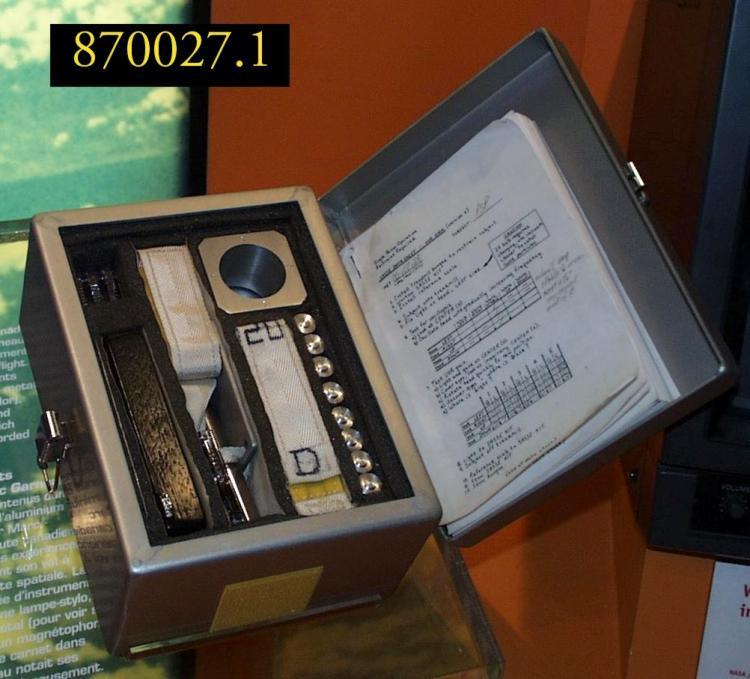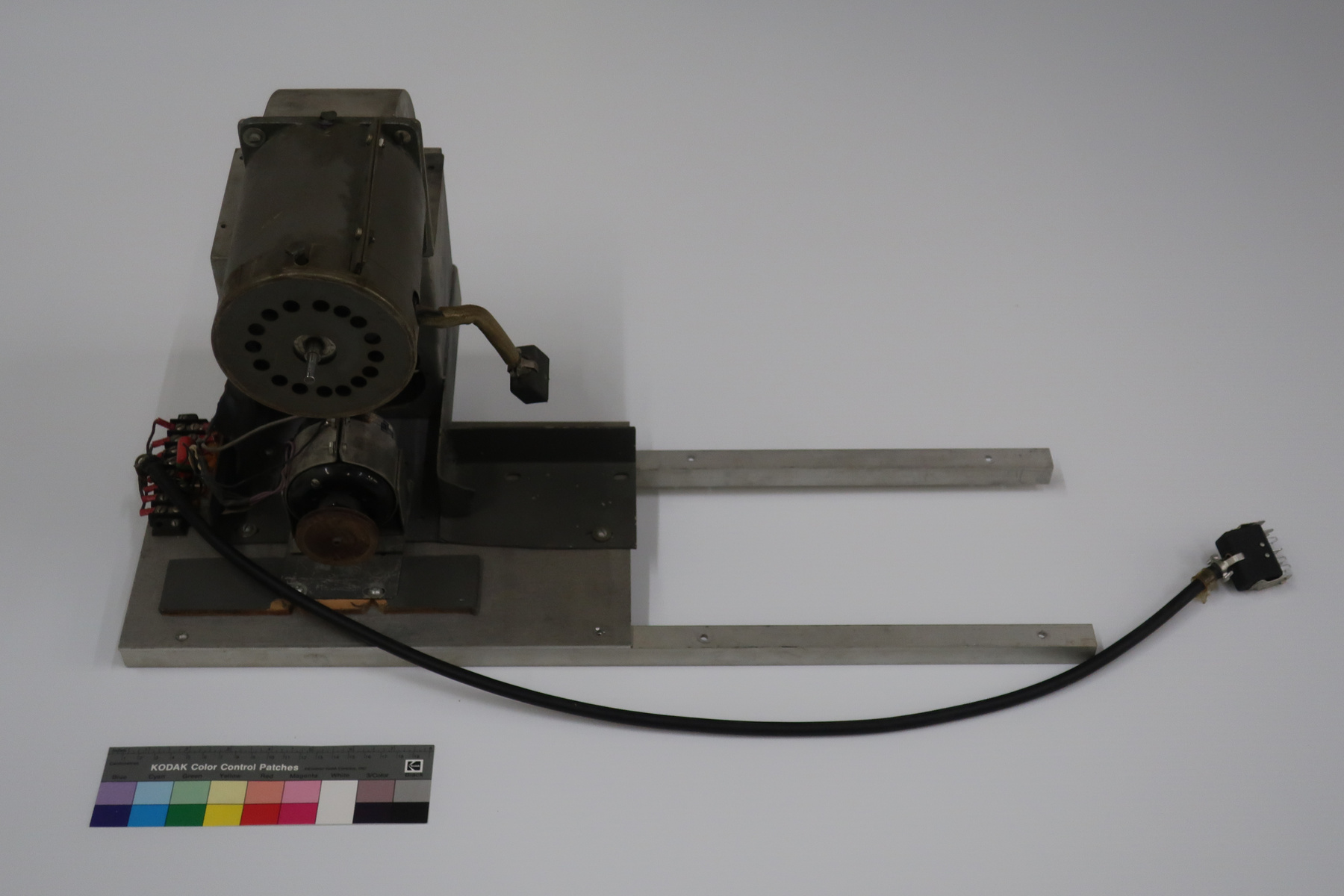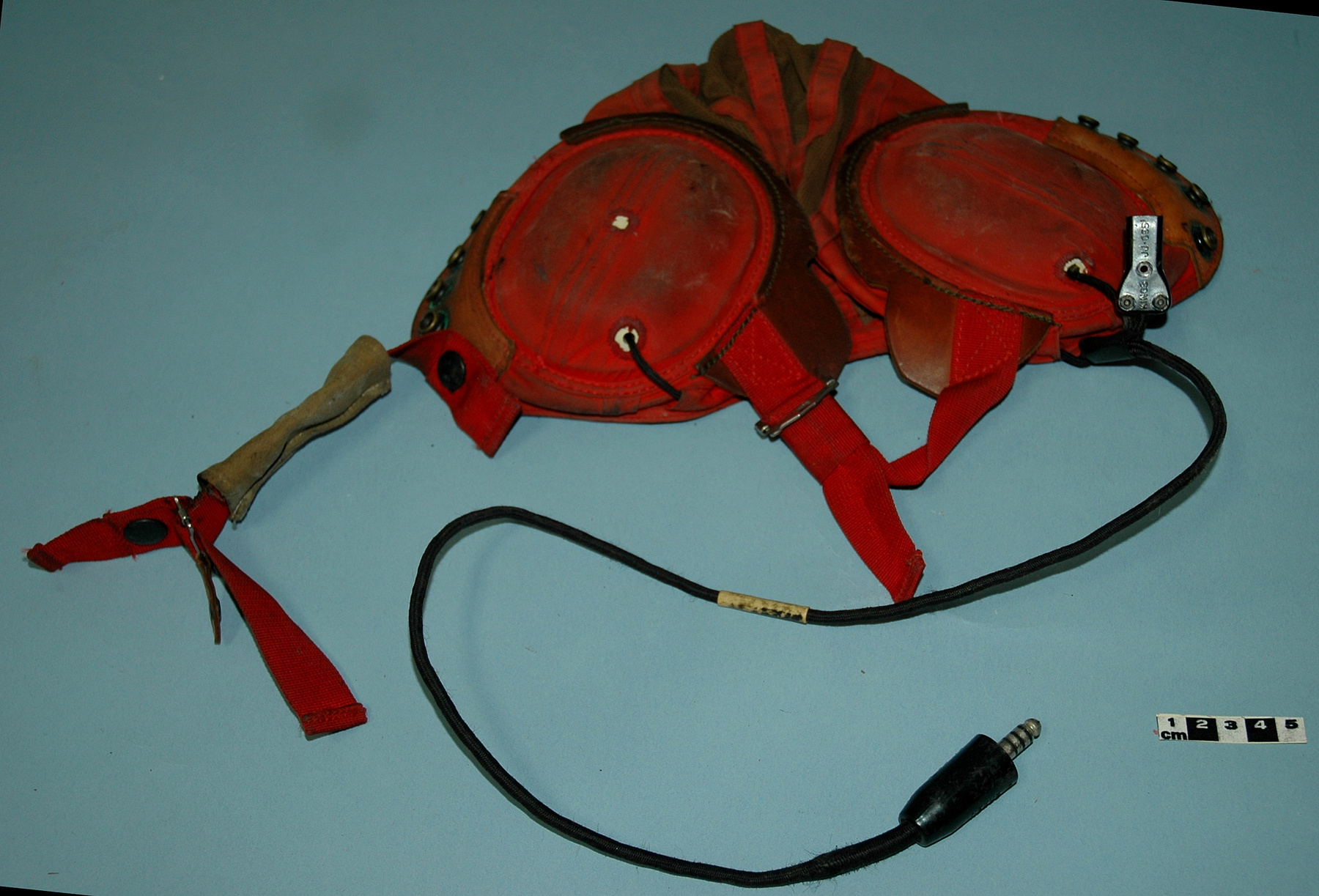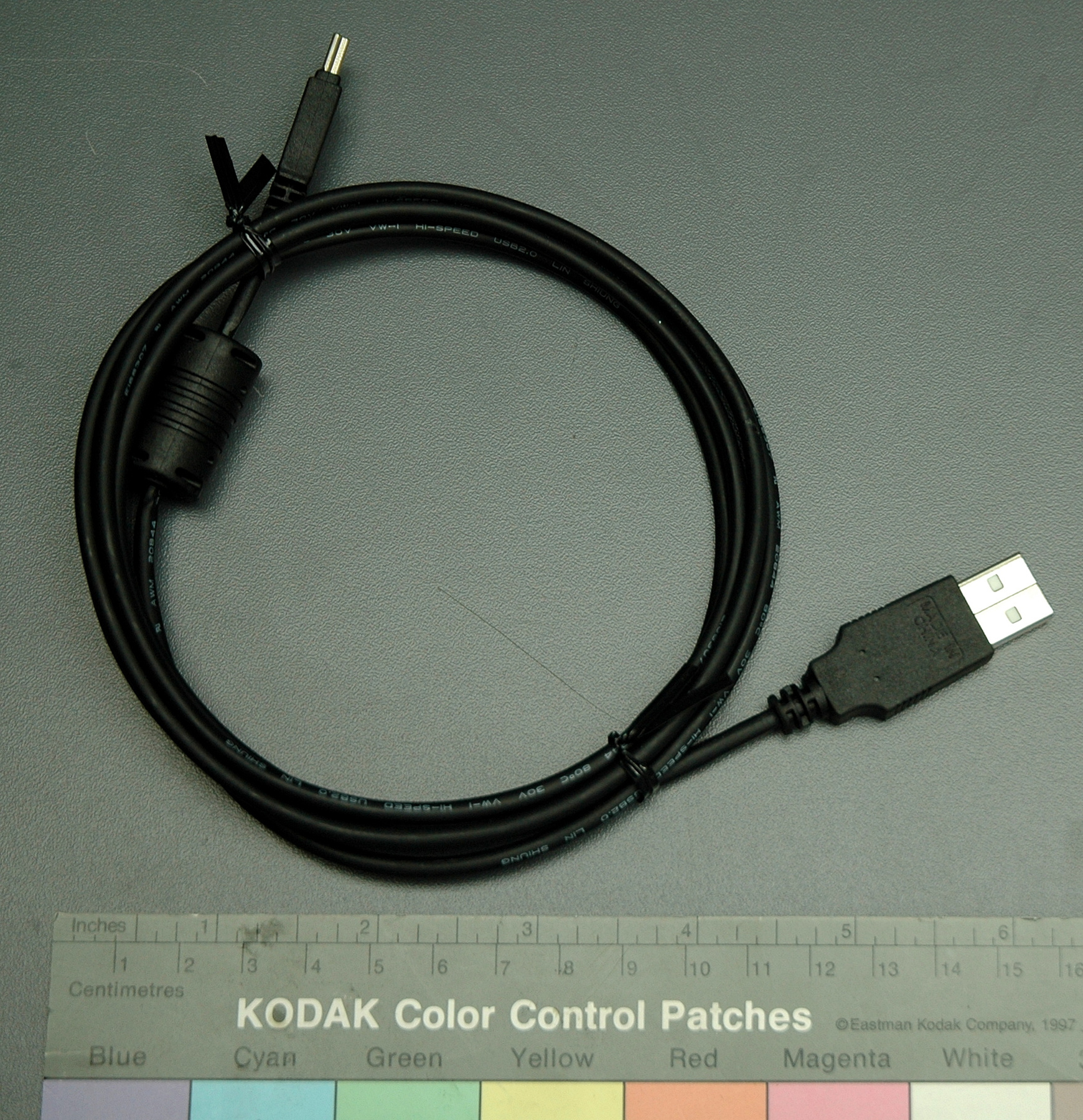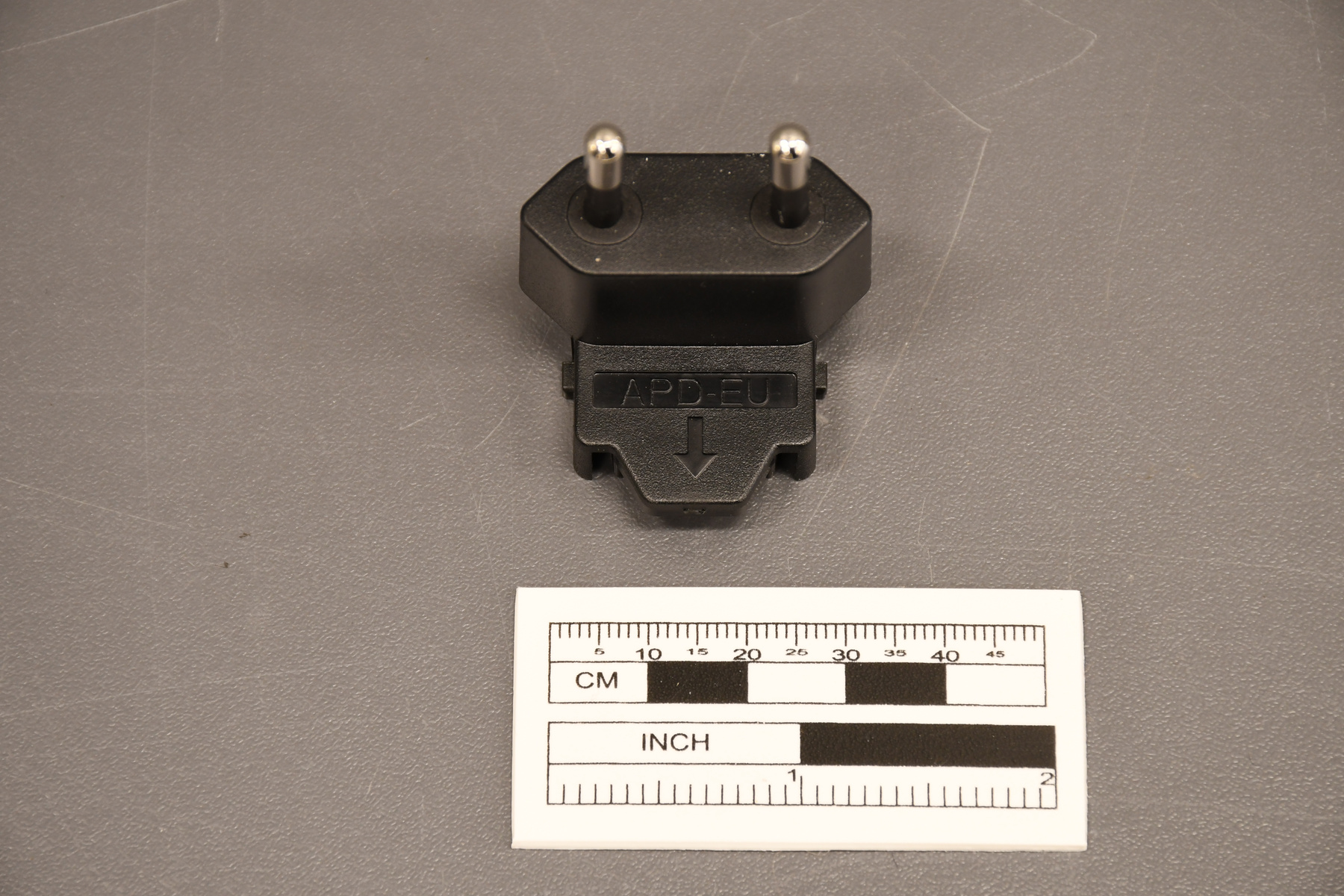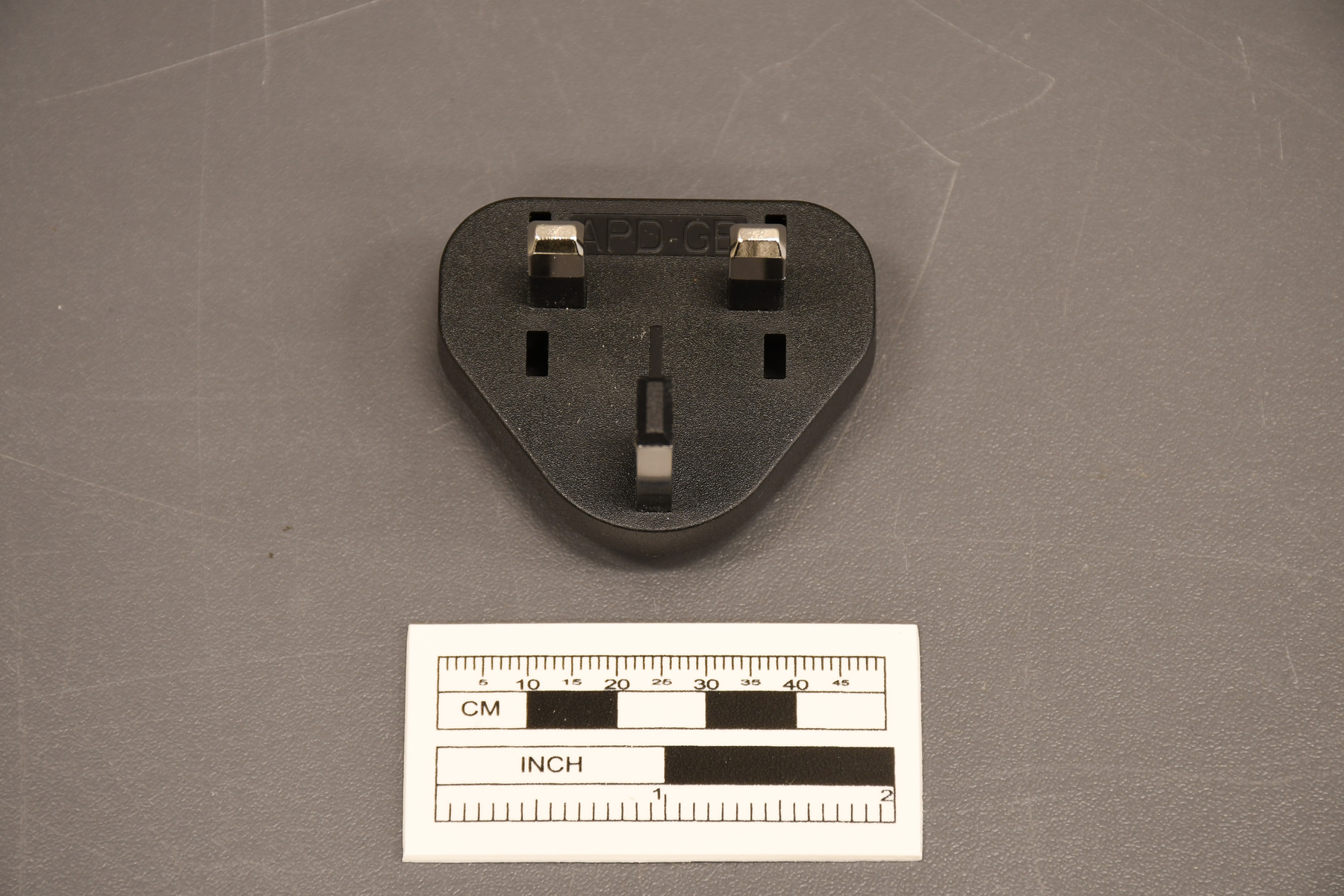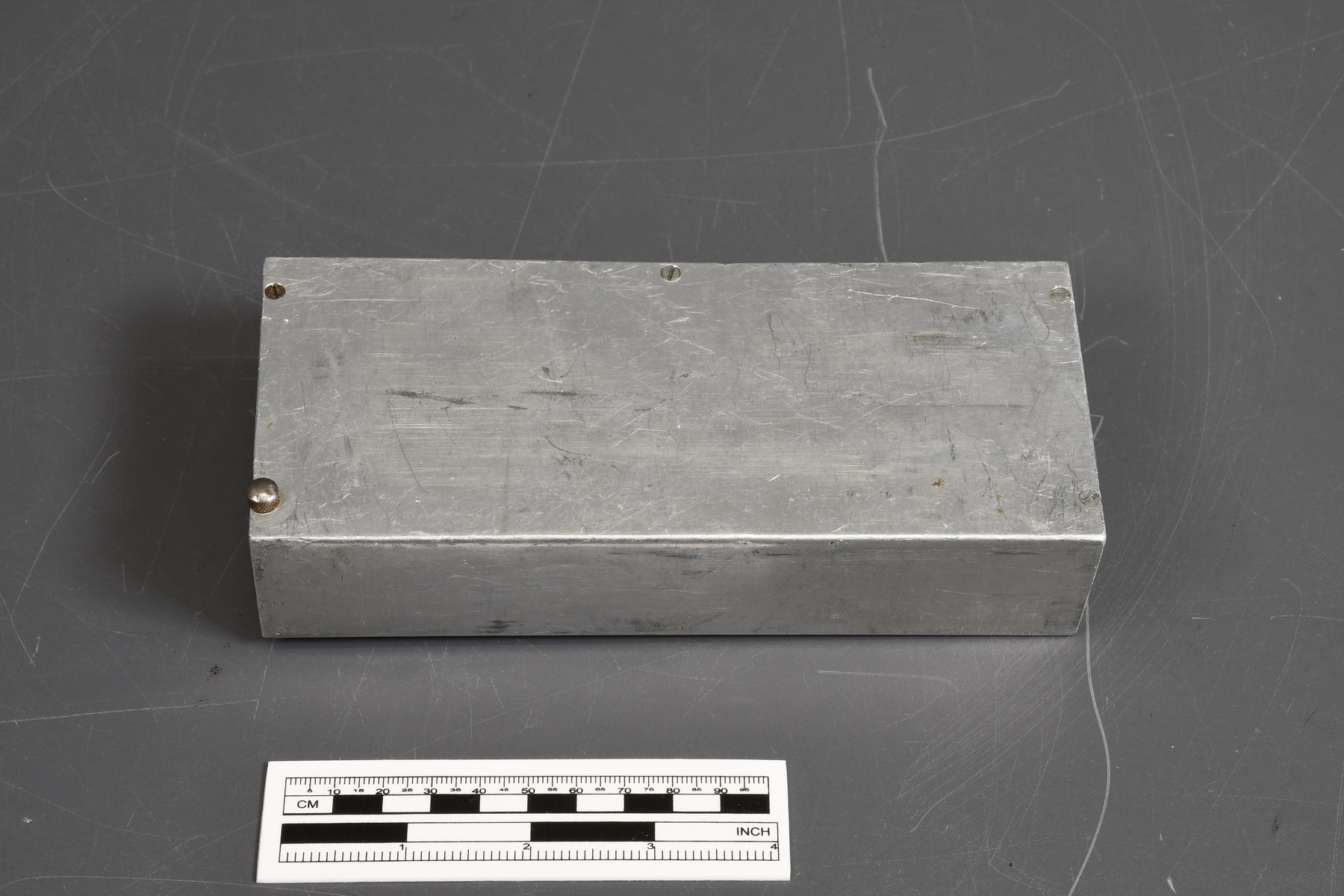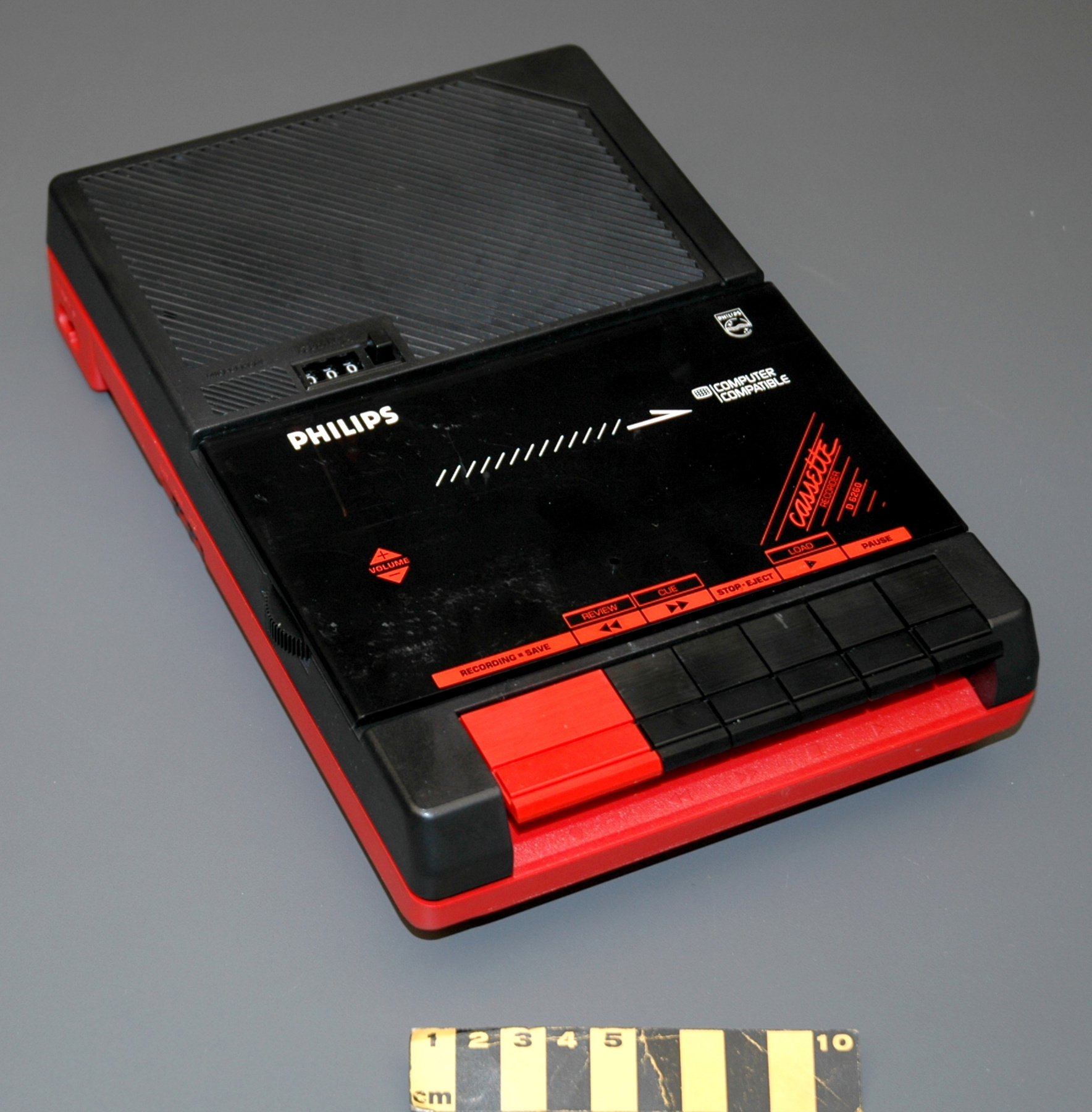Unité contrôleur
Utiliser cette image
Puis-je réutiliser cette image sans autorisation? Oui
Les images sur le portail de la collection d’Ingenium ont la licence Creative Commons suivante :
Copyright Ingenium / CC BY-NC-ND (Attribution-NonCommercial 4.0 International (CC BY-NC 4.0)
ATTRIBUER CETTE IMAGE
Ingenium,
2002.0492.002
Permalien:
Ingenium diffuse cette image sous le cadre de licence Creative Commons et encourage son téléchargement et sa réutilisation à des fins non commerciales. Veuillez mentionner Ingenium et citer le numéro de l’artefact.
TÉLÉCHARGER L’IMAGEACHETER CETTE IMAGE
Cette image peut être utilisée gratuitement pour des fins non commerciales.
Pour un usage commercial, veuillez consulter nos frais de reproduction et communiquer avec nous pour acheter l’image.
- TYPE D’OBJET
- BATTERY-OPERATED/PORTABLE
- DATE
- 1978
- NUMÉRO DE L’ARTEFACT
- 2002.0492.002
- FABRICANT
- Inconnu
- MODÈLE
- Inconnu
- EMPLACEMENT
- Toronto, Ontario, Canada
Plus d’information
Renseignements généraux
- Nº de série
- home built
- Nº de partie
- 2
- Nombre total de parties
- 3
- Ou
- S/O
- Brevets
- S/O
- Description générale
- metal & synthetic materials of construction.
Dimensions
Remarque : Cette information reflète la taille générale pour l’entreposage et ne représente pas nécessairement les véritables dimensions de l’objet.
- Longueur
- 7,4 cm
- Largeur
- 7,2 cm
- Hauteur
- 5,2 cm
- Épaisseur
- S/O
- Poids
- S/O
- Diamètre
- S/O
- Volume
- S/O
Lexique
- Groupe
- Technologie médicale
- Catégorie
- Recherche
- Sous-catégorie
- S/O
Fabricant
- Ou
- Pon
- Pays
- Canada
- État/province
- Ontario
- Ville
- Toronto
Contexte
- Pays
- Canada
- État/province
- Ontario
- Période
- This prototype device built in 1978, for experimental purposes. Never used on/by patients.
- Canada
-
Prototype CPM machine for hand built by Craig Pon, a student at the University of Toronto. in 1978. This version was never actually used on a patient, but was the forerunner of the later devices. The concept of continuous passive motion [CPM], and design of CPM devices, was championed by Dr. Robert Salter, an orthopaedic surgeon at the Hospital for Sick Children and professor and head of orthopaedic surgery at the University of Toronto. One of 5 CPM devices donated to the History of Medicine Museum, Toronto by Toronto Medical Corp., Scarborough, Ont. in May 1987. - Fonction
-
Provides basic on/off control, power supplied by 2 C"- batteries , and acts as connection point for motor and AC adapter. - Technique
-
Based on the hypothesis that continuous passive motion would stimulate the healing and regeneration of articular cartilage through differentiation of pluripotential mesenchymal cells. CPM devices promote patient comfort, by improving circulation and encouraging wound healing, and preventing excessive post-operative swelling. - Notes sur la région
-
Inconnu
Détails
- Marques
- "ON", "OFF", "MOTOR/ OUT" and "A.C./ ADAPTER/ IN" printed on black dymo tape labels applied to box top exterior. Outline of battery shape, with ends marked "+" and "-" cast in raised form on inside of box base; 1 battery also labelled " "D" CELL " . "JAPAN" cast in raised print on box base. "987.4.1" printed in white on box base.
- Manque
- None. Requires 2 "D" batteries.
- Fini
- Unit cover has dark grey painted enamel finish; black synthetic switch; silver metal plug receptacles and minor fittings. Interior is silver metal; metal & synthetic fittings inside. Box bottom is black moulded synthetic; silver metal battery terminal connections. Red, black and white synthetic covering on wires connecting 2 halves of box.
- Décoration
- S/O
FAIRE RÉFÉRENCE À CET OBJET
Si vous souhaitez publier de l’information sur cet objet de collection, veuillez indiquer ce qui suit :
Fabricant inconnu, Unité contrôleur, 1978, Numéro de l'artefact 2002.0492, Ingenium - Musées des sciences et de l'innovation du Canada, http://collection.ingeniumcanada.org/fr/id/2002.0492.002/
RÉTROACTION
Envoyer une question ou un commentaire sur cet artefact.
Plus comme ceci



